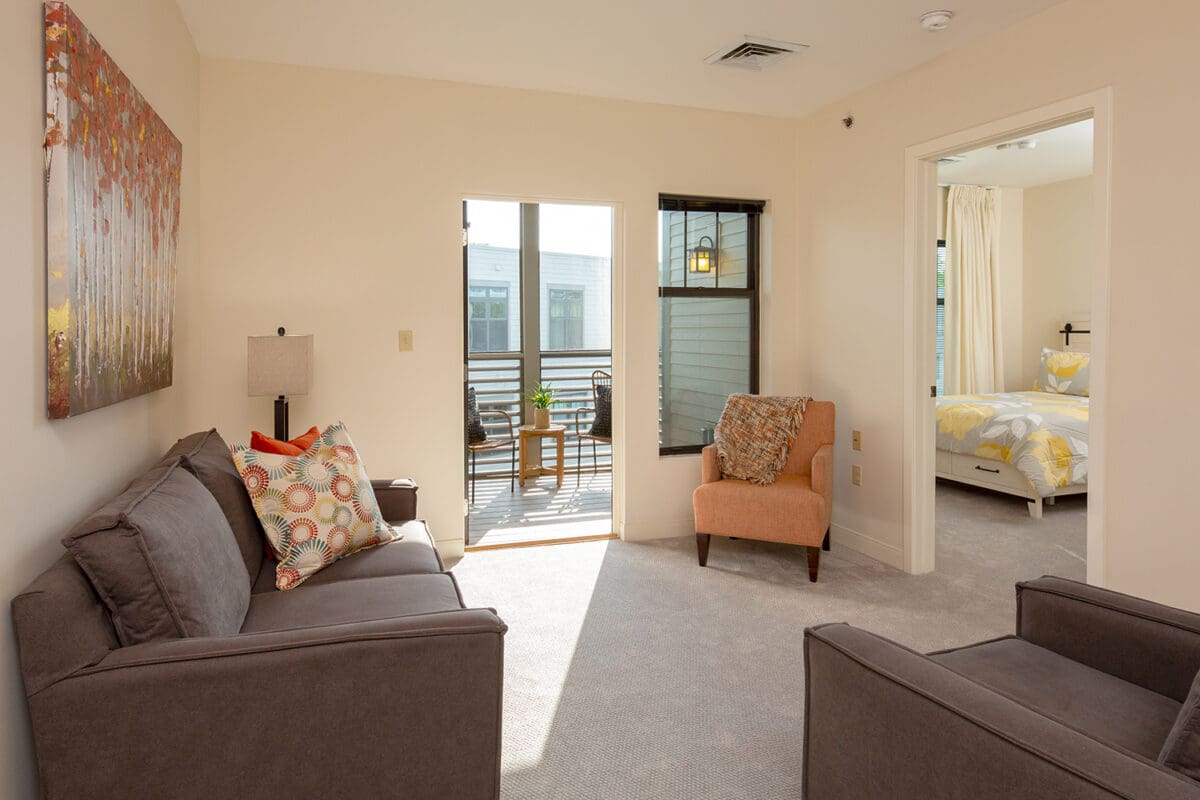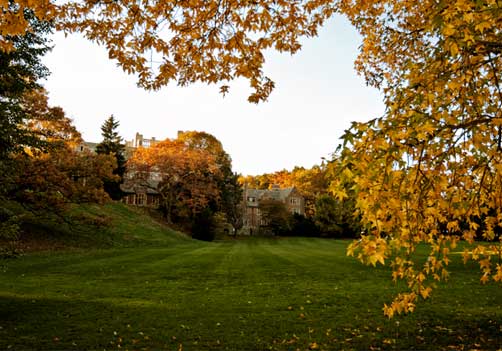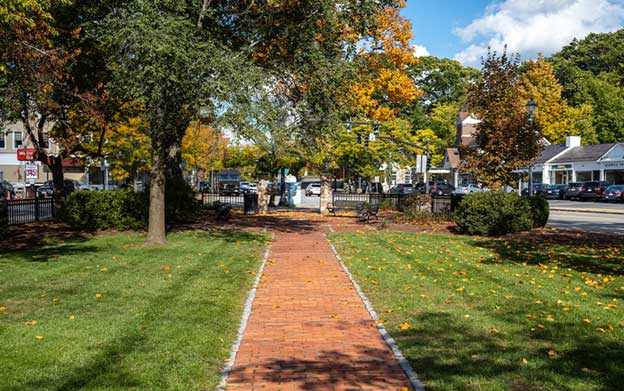
At Waterstone at Wellesley, our extensive calendar of events ensures that residents always have something fun and engaging to do, no matter the weather. In this blog, we’ll explore a range of enjoyable and accessible activities, many of which we offer at the community, that can brighten the spirits of seniors during the colder months.
As winter settles in and temperatures drop, many seniors find themselves facing the challenge of staying active and engaged indoors. The colder weather can often lead to a sense of isolation and the “winter blues.” However, with a bit of creativity and planning, seniors can beat the winter blues by enjoying a variety of indoor activities that promote physical, mental, and emotional well-being.
Physical Activities
Staying active is crucial for maintaining good health, especially during the winter when outdoor exercise might be less appealing. Here are some indoor activities tailored for seniors:
- Chair Yoga: Gentle yoga exercises that can be done while sitting in a chair, promoting flexibility and balance. Low-impact exercises like chair yoga or tai chi improve joint mobility, reduce stress, and enhance overall well-being.
- Indoor Walking: Create a safe indoor walking path, perhaps around communal spaces at your senior living community or in a shopping mall, to encourage regular movement. You’ll boost your cardiovascular health, help manage your weight, and enjoy a social opportunity if you walk with friends.
- Dance Classes: Take part in dance classes specifically designed for seniors, either in person or through online platforms. Dance classes are a favorite pastime of people young and old, and they enhance mood, improve coordination, and offer a fun way to stay active.
Mental Stimulation
Keeping the mind engaged is vital for cognitive health. Here are some indoor activities that stimulate mental faculties:
- Puzzle Games: Engage in activities like jigsaw puzzles, crosswords, and Sudoku to keep the mind sharp. For many seniors, preserving cognitive function is a priority and puzzles and word games help with that cause, as well as improving problem-solving skills.
- Book Clubs: Join or start a book club to enjoy reading and discussing books with peers. They provide mental stimulation, foster social connections and introduce new ideas. Many times senior living communities like ours offer book clubs that meet monthly.
- Arts and Crafts Projects: Explore creative outlets such as painting, drawing, or crafting to stimulate the imagination. You’ll enhance your fine motor skills and practice self-expression with your newfound artistic skills!
Social Engagement
Maintaining social connections is essential for emotional well-being. Here are some indoor activities that promote social interaction:
- Game Nights: Host regular game nights with friends, family or neighbors, playing board games or card games. Many games have mental health benefits for seniors, but this activity also fosters social bonds, provides entertainment, and encourages friendly competition.
- Social Gatherings: Invite a small group of friends over for dinner or a movie night. If your friends aren’t close or the weather is not cooperating, use video conferencing tools to connect with loved ones for virtual gatherings, celebrations, or simply catching up. The benefits include overcoming physical distance, reducing feelings of isolation, and promoting a sense of community.
- Community Events: Attend local community events or senior center activities to meet new people and engage in group activities. These events create a sense of belonging, introduce variety, and offer opportunities for shared experiences. Don’t forget all the exceptional events offered at senior living communities like ours!
By incorporating a mix of physical activities, mental stimulation, and social engagement, seniors can combat the winter blues and enjoy a fulfilling and enriching indoor lifestyle. The key is to find activities that align with personal interests and preferences, making the winter season a time of joy and connection.
Enjoy Every Season at Waterstone at Wellesley
Our maintenance-free lifestyle means no more shoveling snow and the comfort of being surrounded by things to do at our vibrant community. Our residents are safe, warm and connected all season long. With a range of social, recreational and wellness opportunities planned by our life enrichment team, there’s never a shortage of things to do within our community – no matter the weather!
Give us a call at 781.304.8169 to learn more about life at Waterstone at Wellesley.










